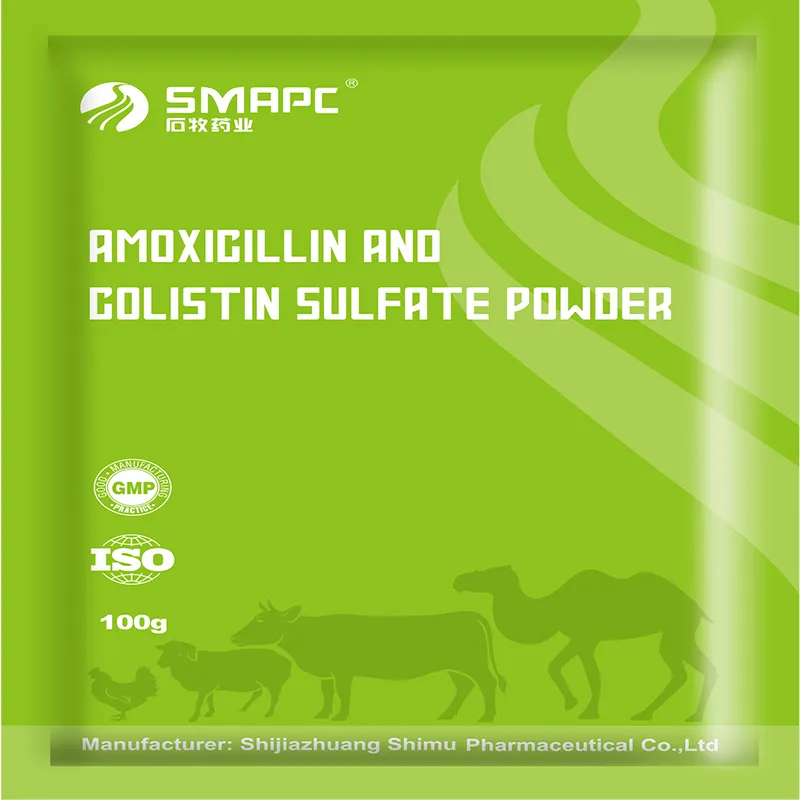Moreover, biosecurity measures are critical in managing E. coli in poultry. Effective biosecurity protocols can mitigate the risk of disease transmission. Key practices include maintaining clean housing environments, controlling access to flocks, practicing good hygiene, and properly managing waste and litter. Regular health monitoring and flock management practices are essential to identify early signs of disease and implement prompt intervention strategies.










